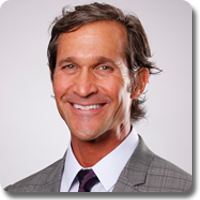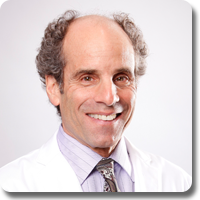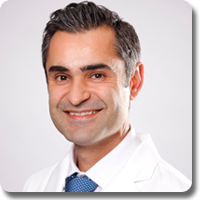Fat Transfer
Fat transfer, also known as fat transplantation, involves moving fat from one area of the body to another. This procedure can help smooth out facial wrinkles and furrows, as well as re-contour and correct deformities or depressions on the face and body.
A fat transfer procedure usually begins by administering anesthesia to the donor site (where the fat is taken from) and the recipient site (where the fat will go). The donor site is typically a location with a thick layer of fat such as the buttocks, thighs or lower stomach. From there, fat cells are drawn into a syringe, purified, then re-injected into the recipient site until enough fat has been transferred to achieve the desired results. A full correction usually requires three fresh fat transfers. Once the procedure is completed, a pressure bandage is applied to the donor site, and sometimes the recipient site.
Are You a Good Candidate for a Fat Transfer?
If you are troubled by hollow or flat areas in your face or body, ask your surgeon about a fat transfer. This procedure is commonly used to add volume to the face, such as with blepharoplasty (eyelid surgery), and to provide firmer, rounder, higher buttocks. It is a good alternative to buttock implants, as these can sometimes prove impractical and uncomfortable. With fat injections, a flat butt can be transformed into a perkier backside with a more attractive shape and size.
The ideal candidate for a fat transfer has healthy tissue and muscles. You should be free of any life-threatening illnesses or medical conditions that can impair healing, and as with all plastic surgeries, you should have realistic goals and expectations.
Benefits
In general, a fat transfer can restore a more youthful, shapely appearance throughout the face and body. By smoothing wrinkles and furrows, it can also help create a less-stressed appearance. Pain after the fat transfer procedure is minimal and oral medication can control any discomfort that patients may experience. Though strenuous activities may need to be avoided for some time, most patients are up and about within a day after the procedure.
The Surgeons









